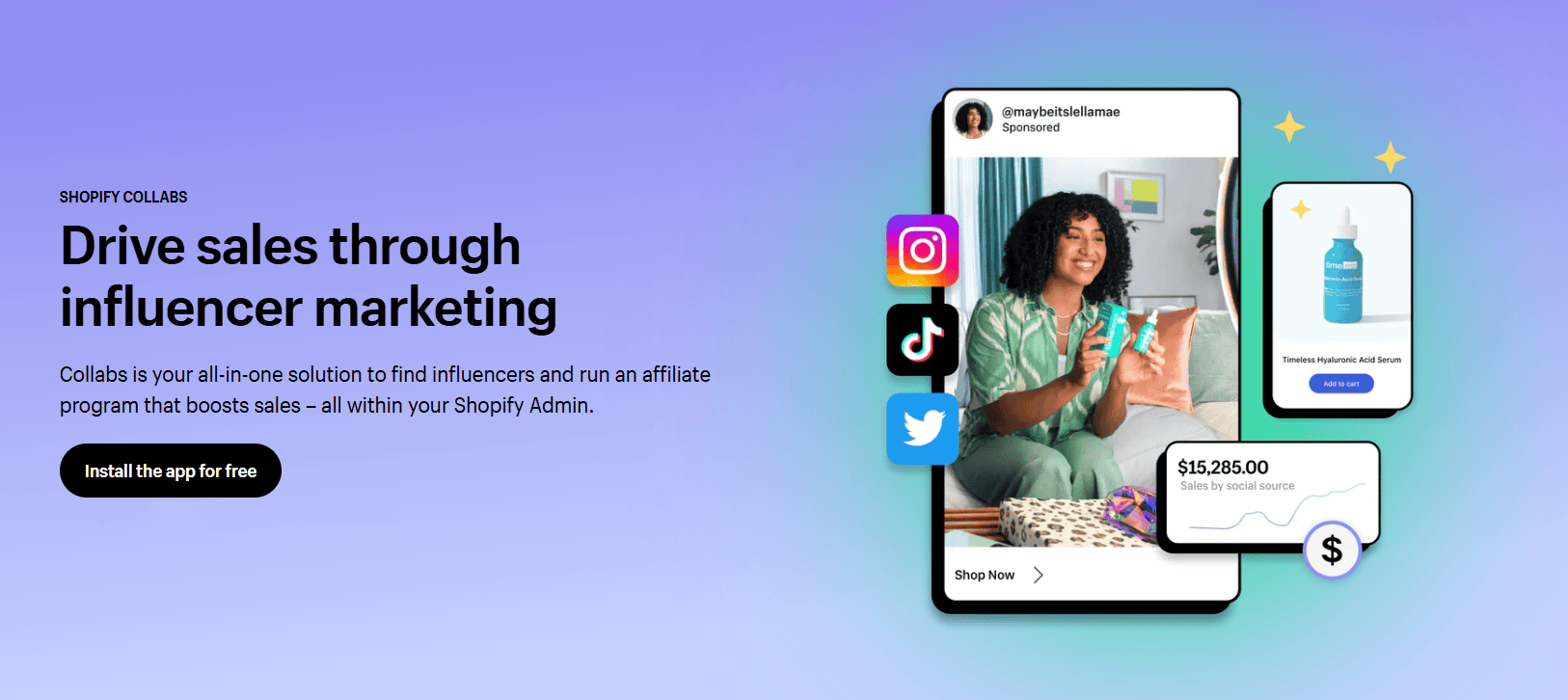Millennial influencers have reshaped the way brands communicate with consumers. Born between 1981 and 1996, this generation has grown up with technology, making them digital natives with a keen eye for trends and authenticity. Millennial influencers leverage their platforms to connect with their peers, creating content that resonates deeply with their audience.

43 Most Followed Millennial Influencers On Instagram of 2024
millennialmommyboss
themagicalmillennial_
millennialinfluencers
overthemoonfaraway
millenialinfluencers
childfreemillennial
millennial_misery
millennialmoneyhoney
kristalavrusik
grandmillenniallifestyle
csapunch
justme.rod
millennialwealthsarah
millennialmompr
tillybeingsilly
millennialmomsph
pinkmillennial_
millenniuminfluencers
nicolestorydent
itskatesteinberg
alexandramadisonn
champagnecruz
cringeymillennial
nehulicious
jean_david_aristide
lindseygurk
millennialslovewine
lydiajanetomlinson
giveittomestraightpodcast
loewhaley
baddiewinkle
itssamazing
the.everyday.millennial
corporatenatalie
pricelesstay
mrsdowjones
imdrebrown
lissettecalv
cvazzana
influencersinthewild
reza_jax
thebirdspapaya
callmekristenmarie
How to Find the Right Millennial Influencer
Finding the right millennial influencer for your brand or campaign involves several strategic steps. Here’s a guide to help you identify and select the most suitable influencer:
1. Define Your Goals
- Brand Awareness: Are you looking to increase brand visibility?
- Engagement: Do you want to generate more likes, comments, or shares?
- Conversions: Are you aiming for direct sales or sign-ups?
2. Understand Your Target Audience
- Know the demographics, interests, and behaviors of your target audience.
- Ensure the influencer’s audience aligns with your target market.
3. Identify Relevant Platforms
- Instagram: Popular for fashion, beauty, lifestyle, and food.
- YouTube: Great for longer-form content, tutorials, and product reviews.
- TikTok: Ideal for short, viral content, particularly among younger millennials.
- Twitter: Good for thought leadership and real-time engagement.
- LinkedIn: Suitable for B2B and professional topics.
4. Research Potential Influencers
- Niche: Look for influencers who specialize in your industry or niche.
- Engagement Rate: Check the ratio of likes, comments, and shares to their follower count.
- Authenticity: Assess how genuine their content and interactions feel.
- Content Quality: Ensure their content aligns with your brand’s tone and style.
- Audience Demographics: Confirm that their followers match your target audience.
5. Analyze Past Collaborations
- Review previous brand partnerships to see how they performed.
- Look for case studies, testimonials, or results shared by the influencer.
6. Check for Authenticity and Brand Alignment
- Ensure the influencer’s values, lifestyle, and messaging align with your brand.
- Avoid influencers involved in controversies or whose image might conflict with your brand identity.
7. Engage with Influencers
- Follow and interact with potential influencers before reaching out.
- Gauge their responsiveness and how they interact with their audience.
8. Reach Out with a Personalized Pitch
- Send a tailored message explaining why you think they’d be a great fit for your campaign.
- Highlight how your brand aligns with their content and values.
9. Negotiate Terms and Agreements
- Discuss compensation (monetary, product, or a combination).
- Set clear expectations regarding content, posting frequency, and campaign duration.
- Ensure transparency with sponsored content disclosure.
10. Monitor and Measure Performance
- Track the influencer’s content performance during the campaign.
- Measure key metrics such as engagement, reach, and conversions.
- Adjust your strategy based on results and feedback.
Tools for Finding Influencers
- Influencer Marketing Platforms: Use platforms like AspireIQ, Upfluence, or Influencity to find and analyze influencers.
- Social Media Tools: Tools like Hootsuite or Sprout Social can help you monitor engagement and mentions.
Conclusion
The influence of millennial influencers extends beyond social media. They are trendsetters, advocates, and community builders who understand the power of connection. As they continue to shape the digital landscape, their impact on marketing, culture, and society will only grow stronger.

Leave a Reply